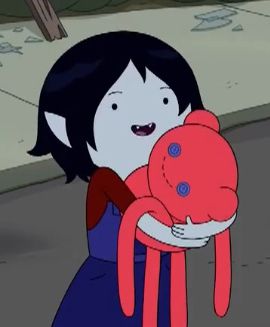Welcome to our first Miscellaneous Mondays post! Every week we will be providing a link, a quote, a timely rant, or an insightful piece of commentary (written by the brilliant people who inhabit the Internet world outside SFC) that deals with an issue related to the representation of women in media.
We’re kicking things off with a post dedicated to a woman who’s been having a banner year: Anne Hathaway. She’s starred in two blockbuster films this year (The Dark Knight Rises and Les Misérables) and was arguably the best part of both, bringing life to two legitimately compelling characters. Unfortunately, it seems that all the media cares about are her marriage, her weight loss, and her crotch. Luckily, Anne has given some excellent responses to completely asinine questions asked in interviews.
Take, for example, Anne’s answer to Extra’s Jerry Penacoli’s question about her exercise regime in preparation for her role in The Dark Knight Rises (at 1:20 of the following video):
This is the response of a woman who has been asked stupid questions about her appearance far too many times. Even her teasing comes across as frustrated instead of light-hearted.
Her frustration is equally palpable in an interview with NBC’s Matt Lauer that took place only a few weeks ago. Although she was on the show to be interviewed about Les Misérables, Lauer decided to open the interview with the comment, “Seen a lot of you lately,” referring to Anne’s wardrobe malfunction at the film’s premiere. Then, instead of asking relevant questions, he asked what lesson she had learned from the experience. Apparently not one to let the opportunity to call another interviewer out on his inappropriate line of questioning go by, she answered thusly:
“It was obviously an unfortunate incident. It kind of made me sad on two accounts. One was that I was very sad that we live in an age when someone takes a picture of another person in a vulnerable moment and rather than delete it, and do the decent thing, sells it. And I’m sorry that we live in a culture that commodifies sexuality of unwilling participants, which takes us back to ‘Les Mis,’ because that’s what my character is.”
In a move that’s been described as “tenth-degree black belt media judo,” Anne simultaneously condemned the sexism inherent in Lauer’s question and brought the interview back to the actual topic: her work.
While the media is obsessed with women’s bodies and love lives, the women who do their work in front of the camera generally want to focus the public’s attention on that work. We’re glad to see a rising tide of support for these actors -- a group from whom we’ve selected Anne Hathaway as a timely example -- even if that support is mostly coming from the Tumblr set. We’d like to hear from you, dear readers; leave us a comment with your favourite instance of a famous woman (politician, actor, writer, you name it) pointing out and smacking down sexist questions.























